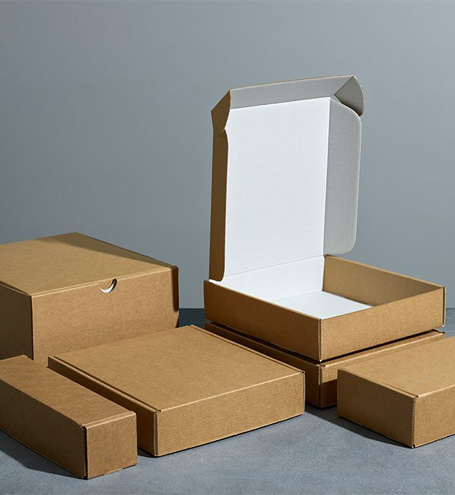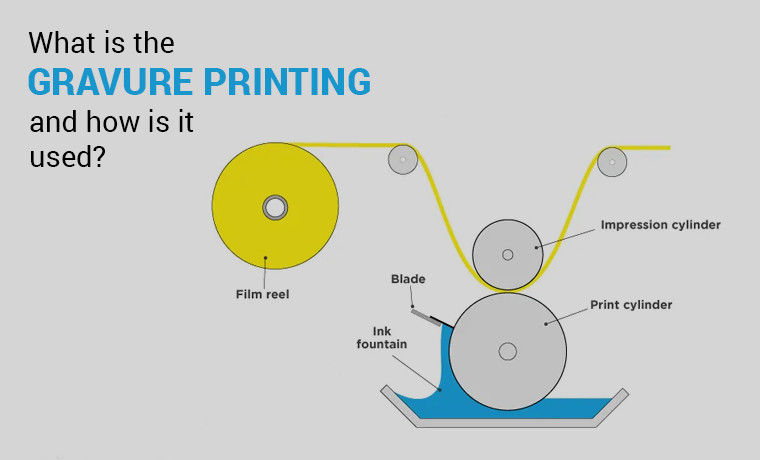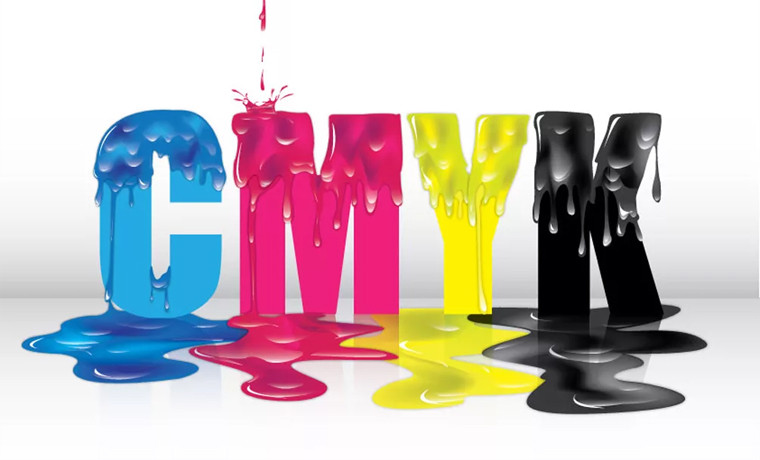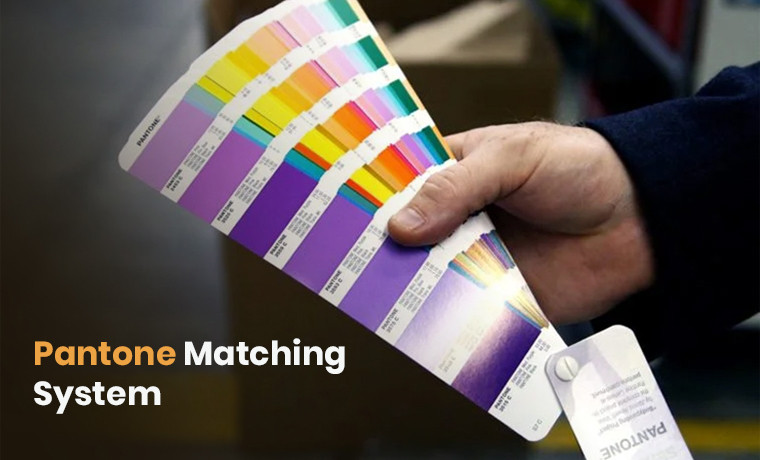Biodegradable vs. Recyclable Coffee Packaging: What You Need To Know
September 08, 2025

Customers are more conscious than ever about packaging for every product they buy. Do you know why? The reason behind this is the environmental impact awareness. Nothing is changing for coffee packaging.
As a coffee business owner, you would have focused on sustainable packaging solutions catering to your needs. Is that right?
In an attempt to reduce waste, many coffee businesses have left using traditional coffee packaging. They have switched over to biodegradable and recyclable coffee packaging. Are there any differences between them? Do they differ from each other? Keep reading this blog for understanding.
We will differentiate biodegradable and recyclable coffee packaging. We will also learn about their benefits to help you decide which one is better. Here you go!
Understanding Biodegradable and Recyclable Coffee Packaging
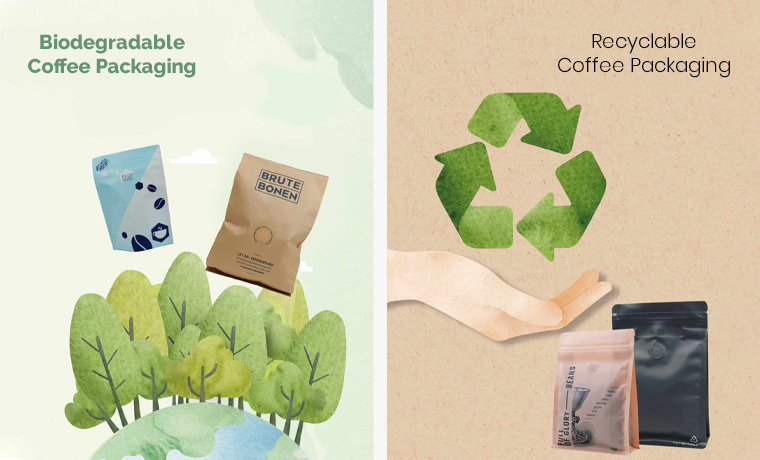
Both of these packaging types minimize environmental influence. They are contributing to saving the planet while preserving the integrity of the coffee.
Biodegradable Coffee Packaging
It decomposes by nature over time and reduces waste as it is made from natural resources.
Recyclable Coffee Packaging
It refers to coffee containers that are reprocessed and reused.
| Features |
Biodegradable Coffee Packaging |
Recyclable Coffee Packaging |
|
Material composition |
Made out of organic materials such as plant-based plastics and paper |
Made from materials like paper, aluminum, or specific plastics |
|
Decomposition process |
Breaks down naturally in a compost environment |
Requires processing at recycling facilities |
|
Time required to decompose |
Can take weeks to months, depending on the conditions |
Indefinite lifespan if recycled properly |
|
Environmental impact |
Reduces landfill waste, enriches soil if composted |
Reduces raw material extraction and energy use if recycled |
|
Cost |
Often more expensive due to material sourcing |
More cost-effective in mass production |
|
Durability |
Less durable and moisture-resistant |
Offers better durability and protection |
|
Branding opportunities |
Eco-friendly image reputation, appealing to environmentally-conscious consumers |
Established reputation but may not highlight sustainability |
Reasons To Support and Oppose Biodegradable Coffee Packaging

There are some reasons to support and oppose biodegradable coffee packaging. Here are its pros and cons.
Pros
- Environmental Benefits: It breaks down naturally and reduces landfill waste pollution.
- Reduced Plastic Usage: Brings down dependence on single-use plastics. In addition to this, contributes to a circular economy.
- Consumer Appeal: Entices eco-conscious consumers. Plus, it enhances brand image and loyalty.
- Regulatory Compliance: This can help companies comply with new laws and regulations to avoid any penalty.
- Compostability: Compostable at home or industrial facilities that return nutrients to the soil.
Cons
- Cost: More expensive than traditional packaging which can impact pricing strategies.
- Durability: May not provide the same level of protection against moisture and oxygen which can affect coffee freshness.
- Composting Conditions: Requires specific conditions to biodegrade effectively, which may not always be met in local composting systems.
- Consumer Awareness: Not all consumers prioritize biodegradable options which limits the market appeal.
- Limited Availability: Biodegradable is not as readily available as conventional packaging.
Read More: How To Choose Matchless Coffee Packaging For Your Coffee Business
Things Going For and Against Recyclable Coffee Packaging
The increasing demand to minimize environmental impact is becoming popular for many coffee brands. Therefore, it is encouraging many coffee businesses to opt for recyclable coffee packaging. Here are some pros and cons listed below.
Pros
- Ecological Advantages: Reduces waste by allowing packaging materials to be reused conserving resources that lower carbon footprints associated with producing new materials.
- Consumer Attraction: Attracts environmentally conscious consumers. It enhances the brand's reputation for sustainability.
- Versatility: Can be made from various materials like paper, cardboard, or plastics that can be recycled multiple times.
- Market Demand: Lining up with the growing consumer demand for sustainable products potentially increasing sales.
Cons
- Pollution Concerns: Packaging in contact with food or oils can be difficult to recycle if not properly cleaned.
- Cost: More expensive than non-recyclable alternatives reduce the overall product price.
- Misleading Labels: Some types of coffee packaging are labeled as recyclable. However, it may not be accepted by local recycling programs.
- Durability: Recyclable packaging may not protect against moisture and light, depending on the packaging materials.
Choosing The Right Coffee Packaging For Your Coffee Serving
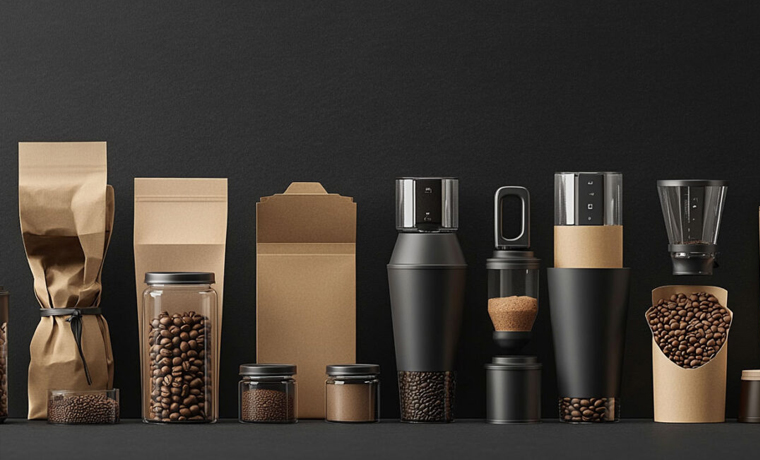
When it comes to choosing the right type of coffee packaging, several things are involved. From preserving the freshness of coffee to convenience and sustainability, many factors come in. Let’s delve into considerable points to help you decide which packaging is right for your coffee serving.
Types of Material Selection
Plastic Coffe Bags: Lightweight and moisture-resistant plastic bags for coffee. They can be used multiple times. However, it may face environmental concerns if not made with recyclable materials.
Kraft Paper Bags For Coffee: Made from eco-friendly material is a good option for branding. However, it may not act as a barrier against moisture.
Foil Coffe Bags: Having excellent barrier properties, these coffee bags preserve coffee fresh for a longer time by blocking air, light, and moisture.
Glass Coffee Jars: Heavier, breakable, expensive glass jars for coffee. They are reusable and offer an optimum barrier against light and moisture. Plus, they enhance the shelf life of coffee.
Tin Tie Coffee Bags: These tin tie bags with windows made from recyclable materials are ideal for preserving coffee. They are easy to reseal and can be more expensive than standard coffee bags.
Packaging Features
Valves: Essential for roasted coffee to release gas without letting the air in and prevent coffee from becoming stale.
Resealable Convenience: Offers resealable closures to help customers reseal it multiple times without affecting the quality of coffee.
Sustainability Approach
Recyclability: Choose a recyclable packaging material that is not unhealthy to the environment.
Branding
Graphics and Design: Designing coffee packaging with captivating designs to attract customers that directly communicate the freshness of coffee.
Essential Information: Contains essential information such as brewing instructions and sustainability to engage maximum customers.
Serving Size
Bulk or Wholesale Coffee Packaging: Consider large coffee bags or packaging with resealable features for wholesale or bulk packaging.
Coffee Retail Packaging: Pick small coffee bags containing a certain amount of coffee from 250 gms to 500 gms is ideal for consumers buying coffee for their home use.
Conclusion
This is the dream of any coffee business or shop to serve its customers better. They serve coffee in a coffee cup made from materials that are not harmful to the environment. You must know either biodegradable or recyclable material is a good fit. By providing the strengths and weaknesses of biodegradable and recyclable packaging in this blog, we tried to clarify their differences.
Whether you need disposable coffee cups wrapped with coffee sleeves or food packaging for your restaurant. Custom Product Packaging, the top-notch packaging manufacturer has been serving for many years. Write us an email at orders@customproductpackaging.com and let us serve you better than none.
